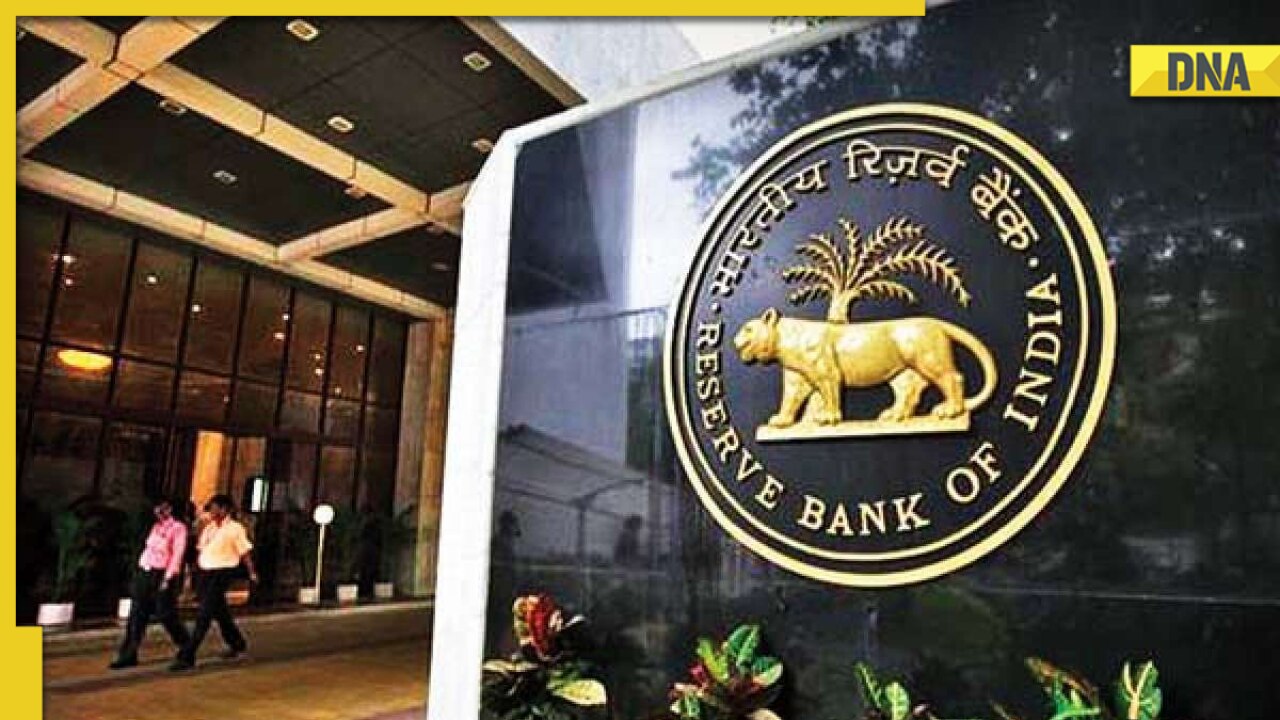Reported By: | Edited By: DNA Web Team |Source: DNA Web Desk |Updated: Aug 23, 2022, 02:15 PM IST
| Edited By: DNA Web Team |Source: DNA Web Desk |Updated: Aug 23, 2022, 02:15 PM IST
The Reserve Bank of India in June mandated that all credit and debit card information used for online, in-app, and point-of-sale transactions be replaced by independent tokens by September 30, 2022.
After receiving various representations from the industry stakeholders, the Reserve Bank of India (RBI) later decided to extend the timeline for implementation of certain provisions of the Master Direction to October 01, 2022, according to a circular issued by the central bank.
The tokenization method would enhance cardholders' payment experiences by making them safer and more convenient, claims the RBI. To make transactions easier for customers, this facility stores card information as an "encrypted" token.
Payment can be made using these tokens without revealing the identity of the customer. The original card data must be swapped out for an encrypted digital token in accordance with RBI regulations. Your debit and credit card transactions will be more secure and practical as a result of tokenization.
Steps to generate your own Token
- Go to any e-commerce merchant website or application, to make a purchase followed by payment for the item(s)
- Select your card and enter your payment information along with any other necessary details.
- Go to the 'secure your card as per RBI guidelines' option and secure your card and tokenize it as per RBI guidelines.
- Authorize the creation of the token. Use the one-time password (OTP) your bank issued to your email or mobile device to complete the transaction.
- Create your token. The data of your card is now replaced with this token.
- When you return to the same website or application, the last four numbers of your saved card are displayed to assist you in recognising it during a transaction. This means that your card has been tokenized.
